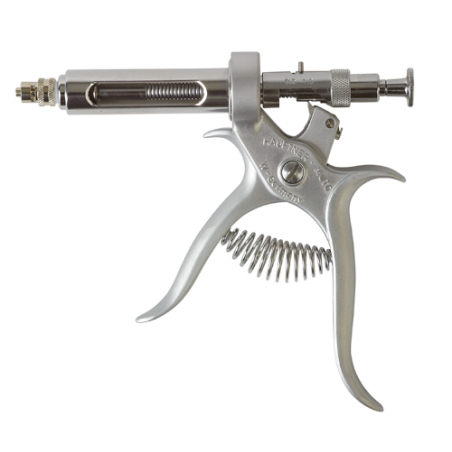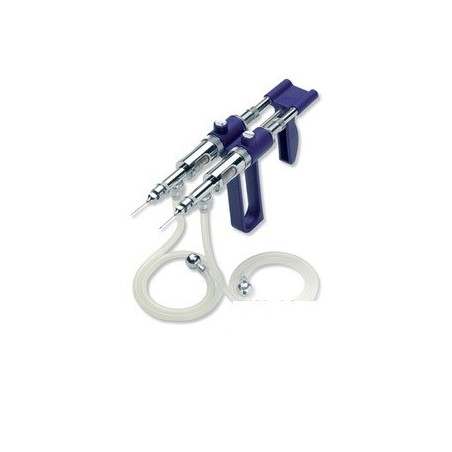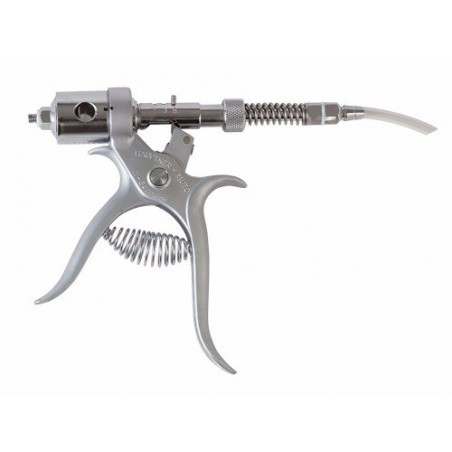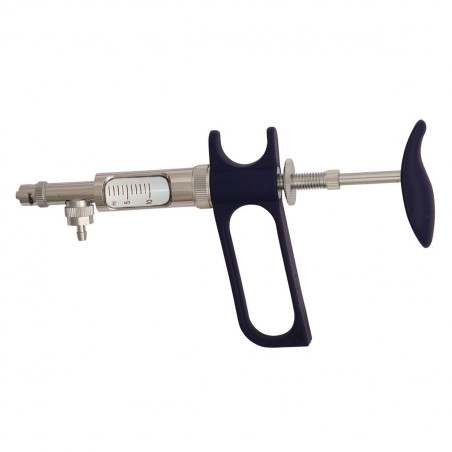April comes to an end with the Spanish pig price staying the same for the fourth agonizing week in a row at the highest price level in history. There is a huge shortage of pigs compared to the available slaughter capacity and the market continues to be stressed to the maximum.
We find ourselves in an unprecedented situation: Spanish pigs are the most expensive in the world, even more expensive than in China (Yes, you read that correctly, in Spain pigs are worth more than in China!) In recent years, the price in China has normally been double that of Spain or even higher.

As a consequence of this pig price, our pork has lost all competitiveness in the foreign markets of Third Countries. Let us recall that Spain exports more than 55% of the pork it produces. Since there is a shortage of pigs being observed throughout the EU, part of Spain's exports to third countries find a place among its trading partners: EU Member States.
Pig prices in North America are still much cheaper than in Europe: in the United States the price is equivalent to 1.05 euros/kg live and in Canada 0.91 euros/kg live. Brazil is around 1.18 euros/kg live. It doesn't take an expert to realize that Spanish pork (and European pork by extension) cannot compete with these three countries. Asian destinations remain practically closed to our pork due to price.
Slaughter in Europe is on average 10% lower than last year; some large European slaughterhouses have no choice but to close some plants in order to adapt their demand to the poor current supply.
Right now in Spain, there is a very disproportionate slaughter capacity in relation to the live supply; so far this year, the best estimates point to a drop of more than 11% in slaughter compared to last year; this situation translates into unprecedented tensions and leads to slaughterhouses, without exception, losing money week after week.
It does not seem that this unstable equilibrium (the prices staying the same by force market session after market session with slaughterhouses losing money) can be sustained over time: either pork prices will go up in Europe (which would be complicated, as we are already at record levels) or pig prices will not be able to stay up there for much longer.
Everyone is waiting for May to stimulate consumption by means of the famous barbecues; however favorable the economic situation may be, the basic problem will persist: Europe continues to have a surplus and third-country markets remain inaccessible.
Prices at unprecedented levels are causing an already tangible effect: many consumers cannot afford to buy pork at luxury prices and are changing their habits by substituting other sources of protein for pork. This retraction in consumption will surely bring us some negative surprises.
The truth is that things are up in the air; low slaughter has driven prices, increase after increase, up to this point; the decline in consumption and the lack of export fluidity outside the EU borders will act as deterrents to the current status quo, trying to drag the market down.
Pig prices in France have already started to fall significantly due to the fact that slaughterhouses are not able to sell pork at the price it should be. We will see if this trend is the prelude to similar ones in other EU countries.
Since the outbreak of the war in Ukraine, all market parameters have been in turmoil; feed prices have shot up, not to mention energy prices, and uncertainties of all kinds have dominated the sector. Lately, it would seem that everything is calming down, although as long as the conflict persists, tranquility is by no means assured.
The processing industry's agony persists; sales prices have not been able to reach the level needed and this imbalance between exorbitantly expensive purchases and sales at insufficient prices will take its toll. There will be damage.
Slaughterhouses will suffer a very complicated summer; in addition to the normal lack of pigs (due to the animals' metabolism, which does not tolerate the heat well), there will be the absence of hundreds of thousands of piglets, victims of PRRS. Sooner rather than later, we will only be able to slaughter just four days a week. You can be certain!
The farmer now finds a haven of calm and profits; although many have suffered the loss of piglets, this shortage has boosted prices and this, together with the drop in feed prices, translates into generously positive farm accounts. In the end, 2023 will be an extraordinary year for Spanish pig farming (as the last several years have been).

We will continue to follow developments.
Lao-Tse, one of the most relevant philosophers of Chinese civilization, said: "Be patient. Wait until the mud settles and the water is clear. Remain unmoving until the right action arises by itself". Let's apply this.
Guillem Burset


















